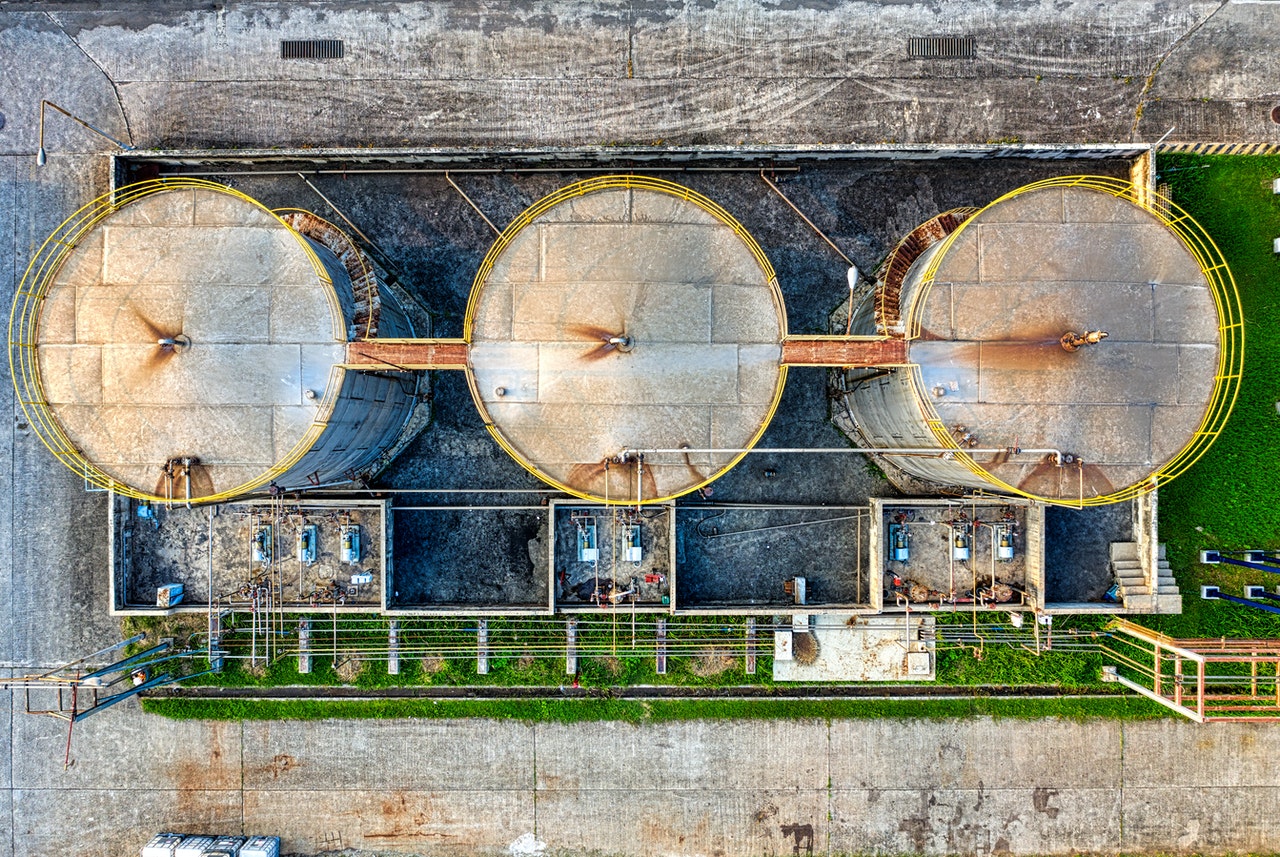Most industries require liquid storage, which is accomplished through the use of aboveground or subsurface storage facilities. Large underground tanks ranging in size between 6,000 to 10,000 gallons are common at petrol stations. Aboveground storage facilities can hold 500,000 to 12 million gallons and have a diameter of up to 300 ft.
The existing industry norm for aboveground storage tanks inspection, assessment, maintenance. It’s test is API 653, which is followed by operators and owners. Regular maintenance periods of ASTs are required by API 653, in order to determine corrosion rates. Examinations are, however, only one of the causes you might have to wash an underground or aboveground storage tank.
When Can Your Storing Tank Be Cleaned?
- Internal Examinations – When it’s due for an internal examination. Your storage tank must be decommissioned, cleaned, and readied for an investigator to enter.
- Switching Products – A full tank cleansing may be required if you want to store a variety of products in your tank. When transitioning from an unprocessed to a refined petroleum. Such as from crude oil to petrol, all residue and contaminants must be removed.
- Tank Problems – If your tank develops a mechanical problem, you won’t be able to repair it while it’s in use. Before you can make the required repairs, you’ll need to drain your tank. Also you’ll wash it, and render it vapor free, based on the issue. Whether that’s an inspection or a technical repair firm. The end purpose of a fuel tank cleaning is to ensure a safe atmosphere for whoever enters the storage facility after you.

What Is the Best Way to Clean a Storage Facility?
The storing tank operator and owner must drain and pump the product till the tank no longer has traction from the minimum pressure nozzle. This implies that thousands of gallons of liquid will remain on the tank’s floor, underneath the low suction line, and will have to be evacuated. After that, a tank cleaning firm will arrive to undertake the following basic procedures:
- Electrical contact on mixers, pumps, and other mechanical equipment should be locked out/tagged out.
- Empty the lines, remove the valves, and place suitable sized blind gaskets on tank faucets and pipe line flanges to separate the unit from the system.
- Using a suction truck or other pump methods, remove the leftover material from the tank.
- To just get rid of harmful fumes, mechanically exhaust the tank and execute gas freeing, preferably to a lower flammability limit of 10 or below.
- To wash the tank’s interior, enter a confined location (in accordance with OSHA norms and API standards).
- Squeegee the container floor to clear final products puddles using a suction truck.
- Powerwash the tank’s walls, floors, and the underside of the hovering roof.
- Inspect for vapors in the rooftop pontoons of the hovering roof (which keeps the floating tanks roof afloat) and clean/vent them as needed.
- Inspect for product and vapors in the seals on hovering roof tanks.
- Check your tank for hygiene and concealed vapors to ensure it is spotless and vapor-free.











